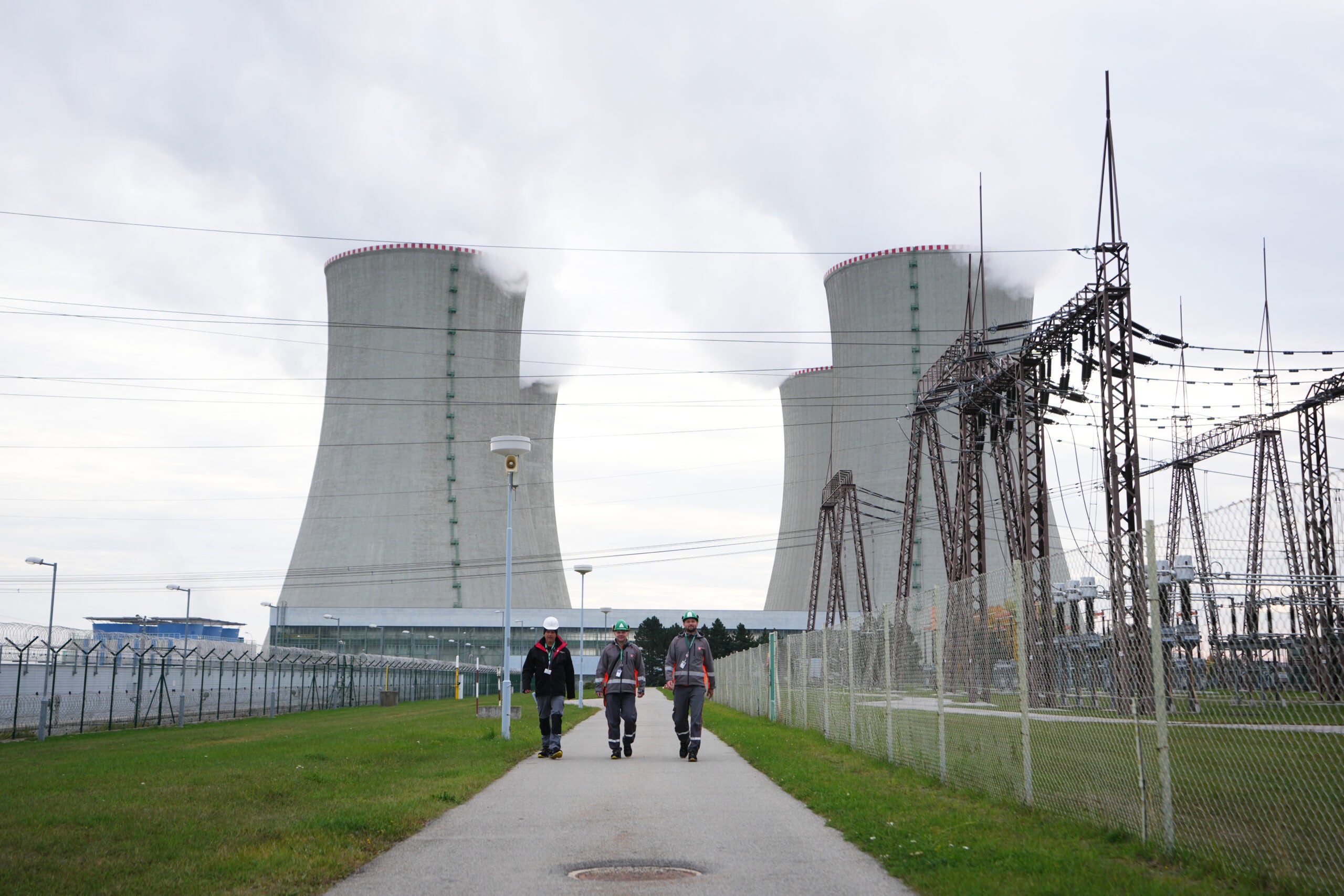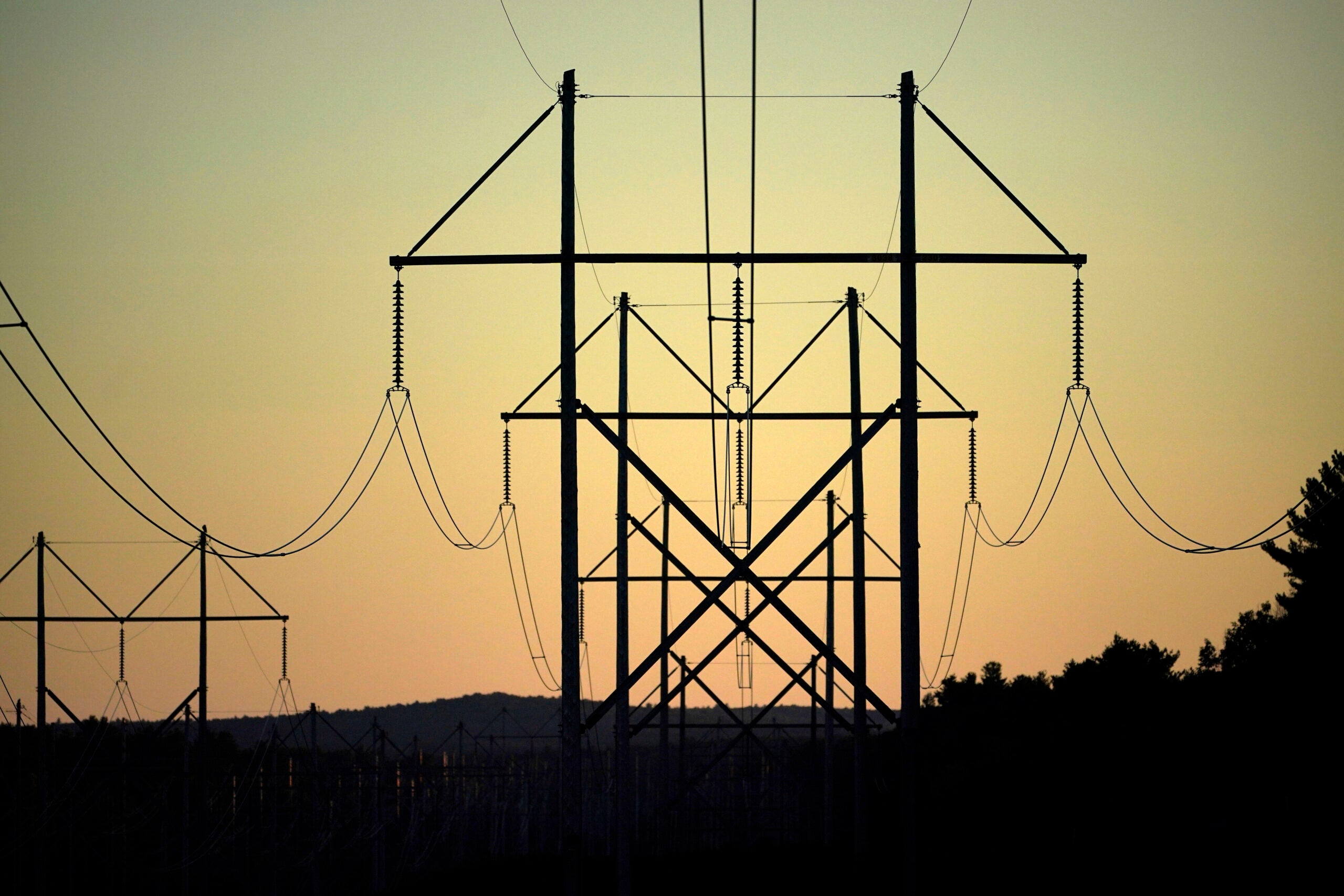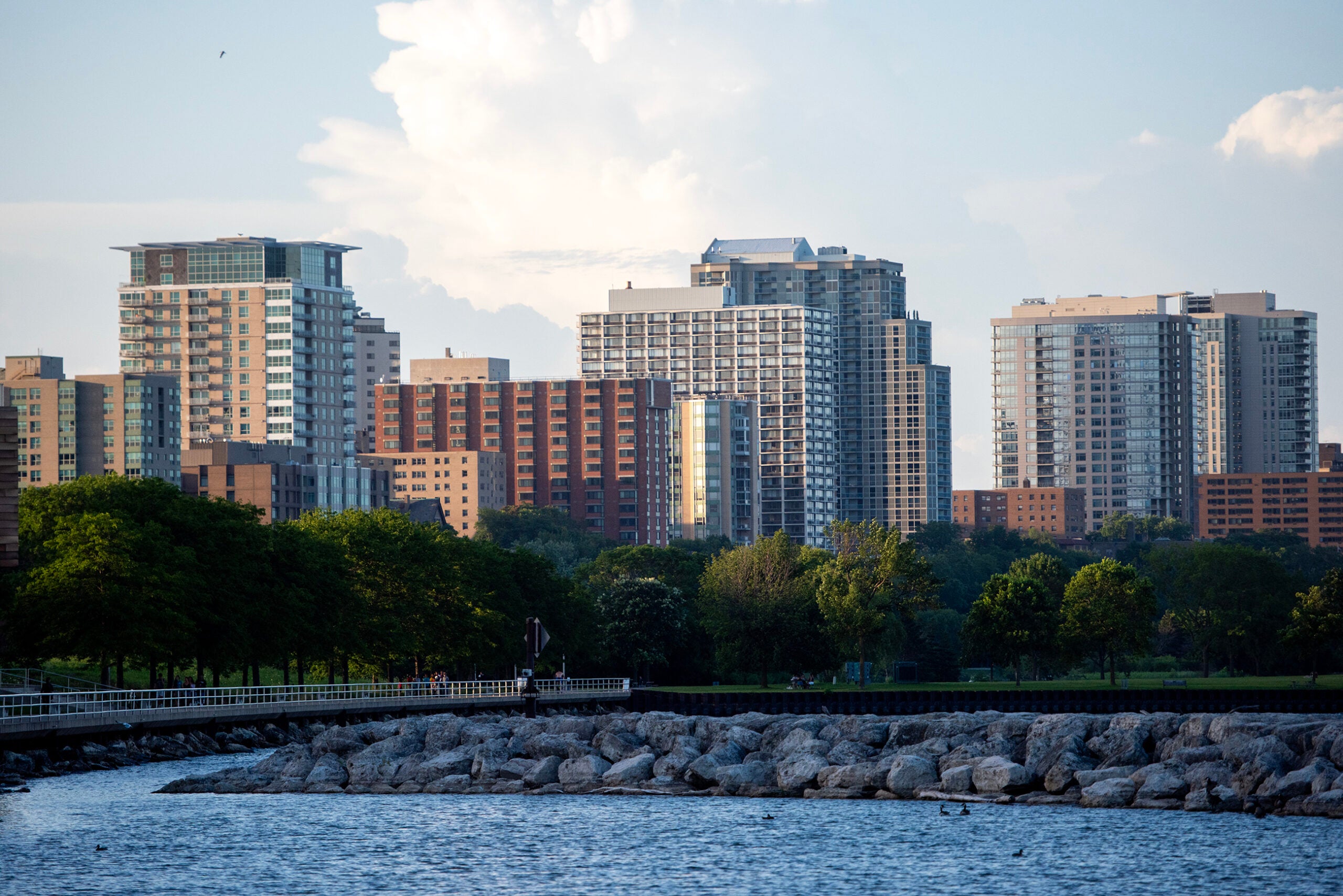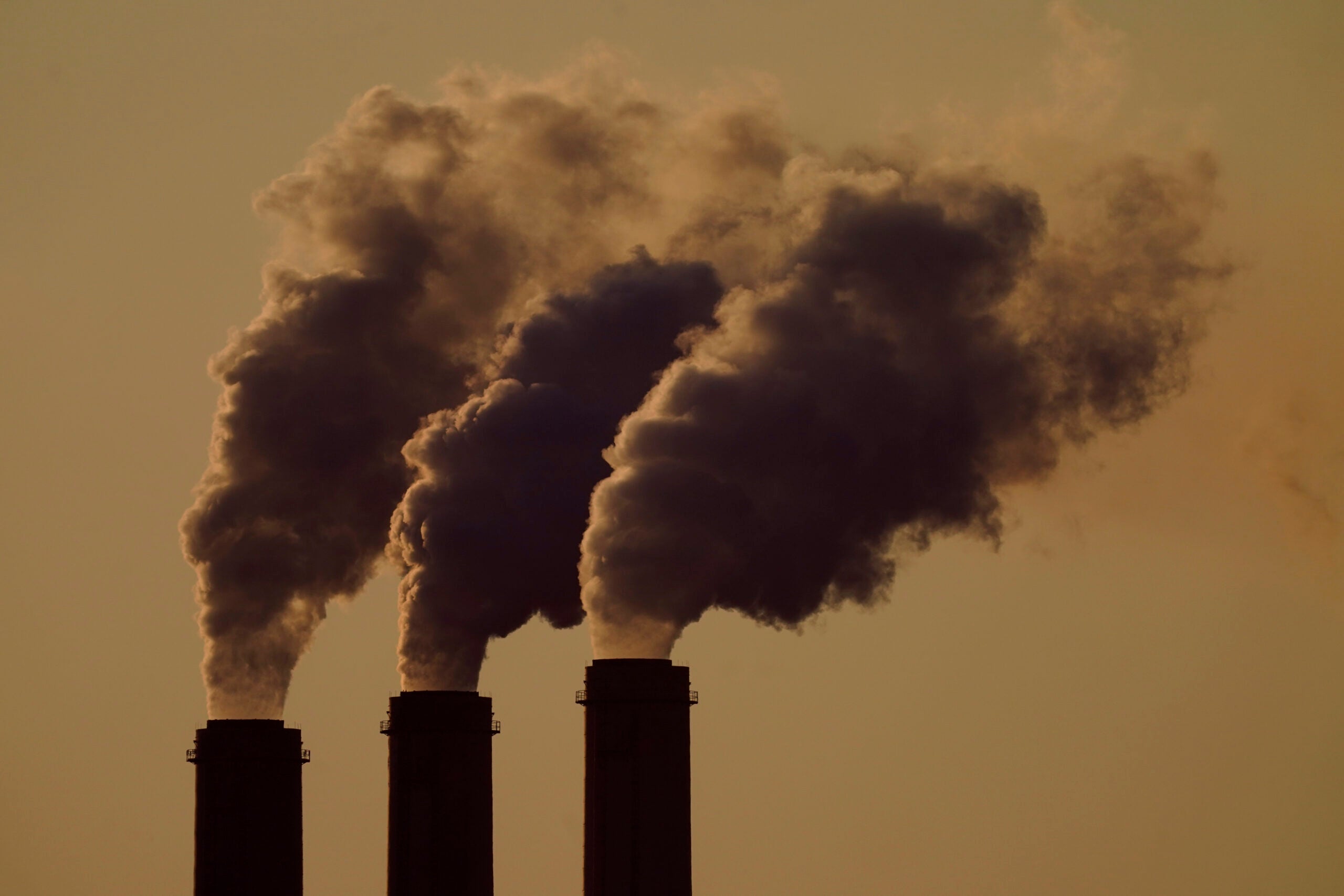The U.S. Supreme Court has reined in the Environmental Protection Agency’s ability to regulate carbon emissions from power plants in a ruling that poses broad implications for states and the authority of government agencies.
The 6-3 decision in the West Virginia v. EPA case deals a significant blow to the Biden administration’s climate agenda as scientists are urging drastic cuts in carbon emissions to stave off the worst effects of climate change.
Clean Wisconsin, which was an intervenor in the case, said the decision limits the EPA to regulating power plant pollution only at the facility through emission controls rather than considering other options for cutting back carbon pollution, such as adopting clean energy projects.
News with a little more humanity
WPR’s “Wisconsin Today” newsletter keeps you connected to the state you love without feeling overwhelmed. No paywall. No agenda. No corporate filter.
“Utilities and states want to reduce carbon,” said Katie Nekola, general counsel for Clean Wisconsin. “They want to build new solar and wind facilities, do battery storage, do all of the modern, least cost things they can to reduce carbon. And, the court is trying to take us back 50 years to the days when we were relying on coal. That’s just no longer economical, and it’s no longer feasible.”
Biden’s EPA plans to produce a new rule to limit carbon emissions from power plants. Under any new regulation, the EPA could only require direct changes to plants that may include fuel switching, carbon sequestration, or efficiency improvements.
Nekola said many facilities have already taken those steps, adding technological improvements won’t lower emissions as much as shifting to renewable energy. The group argues the clean energy transition in Wisconsin is expected to save up to $2.75 billion in health costs each year.
One 2020 analysis from the Global Health Institute at the University of Wisconsin-Madison found in-state production of 100 percent clean energy could save $21 billion and avoid more than 1,900 deaths linked to air pollution.
The ruling is a win for Republican attorneys general in more than a dozen states who had argued the EPA doesn’t have broad authority to limit emissions nationwide. They wanted Congress to have the final say over the scope of efforts to address climate change, saying the Clean Air Act didn’t expressly delegate that power to the agency.
The Wisconsin Utilities Association had no immediate comments on the ruling, referring comments to Edison Electric Institute. The federal trade association, which represents investor-owned power companies, said in a statement that the nation’s electric utilities are committed to providing power “as clean as they can as fast as they can” while maintaining reliability and affordability.
“While we still are evaluating the implications of the Supreme Court’s ruling, EEI and our member companies remain committed to working with Administrator Michael Regan and the U.S. Environmental Protection Agency as they undertake a new rulemaking that is consistent with the court’s decision,” said Emily Fisher, a senior executive and general counsel for Edison Electric Institute.
The power sector is the nation’s second largest source of greenhouse gas emissions next to transportation.
What’s the background on the West Virginia v. EPA case?
In 2015, the EPA under the Obama administration adopted the Clean Power Plan to cut power plant emissions, mandating each state create a plan to meet carbon reduction requirements by 2030. Under the plan, the EPA said carbon emissions would decline 32 percent by 2030.
The regulation never took effect after facing legal challenges. By 2019, the Trump administration’s EPA issued its own rules to repeal the Obama-era plan and adopt a new set of emission guidelines. The agency issued the Affordable Clean Energy rule, which relaxed standards. That rule allowed states to set standards, but it focused on the best available systems to limit pollution at power plants.
Under the Trump-era regulation, the EPA took a narrower view of its authority under the Clean Air Act that regulation only allowed reducing emissions at an individual source. The Obama EPA felt the Clean Air Act gave it broad power to cut carbon emissions nationwide, including through the transition to clean energy sources.
The Trump administration’s rule was challenged, and the D.C. Circuit Court found the EPA improperly repealed the Obama administration’s Clean Power Plan. West Virginia and other states then sought review of that court’s decision.
Case questioned EPA’s authority under the Clean Air Act
The Biden administration had urged the U.S. Supreme Court to dismiss the case because there’s no regulation for power plants right now. In a 2021 memo, the EPA said neither the Affordable Clean Energy plan nor the Clean Power Plan were in effect.
The administration hasn’t yet issued its own rule to regulate carbon emissions from power plants. Even so, states like West Virginia say the Clean Power Plan could be revived.
The case questioned the extent of agency authority. Congress often delegates authority to agencies, but the court was asked to review the “major questions” doctrine. That doctrine outlines that courts shouldn’t rely on agency interpretations to address questions of “vast economic and political significance.”
In its decision, the conservative majority found that doctrine did apply in this case, requiring “clear congressional authorization.”
Writing for the majority, Chief Justice John Roberts said it’s not “plausible” that Congress gave the agency authority to adopt its own regulations for the nationwide transition away from coal and fossil fuels.
“A decision of such magnitude and consequence rests with Congress itself, or an agency acting pursuant to a clear delegation from that representative body,” Roberts wrote.
Associate Justice Elena Kagan wrote in her dissent that the court was not allowing the Clean Air Act to work as Congress instructed, adding the court “does not have a clue about how to address climate change.”
“The stakes here are high,” Kagan wrote. “Yet the court today prevents congressionally authorized agency action to curb power plants’ carbon dioxide emissions. The court appoints itself – instead of Congress or the expert agency – the decision-maker on climate policy. I cannot think of many things more frightening.”
Wisconsin Public Radio, © Copyright 2026, Board of Regents of the University of Wisconsin System and Wisconsin Educational Communications Board.





